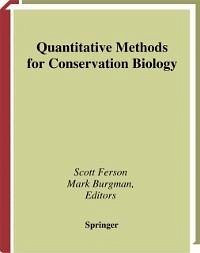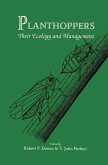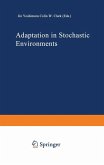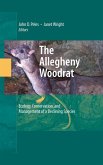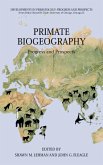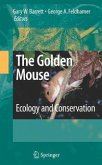Quantitative methods are needed in conservation biology more than ever as an increasing number of threatened species find their way onto international and national "red lists. " Objective evaluation of population decline and extinction probability are required for sound decision making. Yet, as our colleague Selina Heppell points out, population viability analysis and other forms of formal risk assessment are underused in policy formation because of data uncertainty and a lack of standardized methodologies and unambiguous criteria (i. e. , "rules of thumb"). Models used in conservation biology range from those that are purely heuristic to some that are highly predictive. Model selection should be dependent on the questions being asked and the data that are available. We need to develop a toolbox of quantitative methods that can help scientists and managers with a wide range of systems and that are subject to varying levels of data uncertainty and environmental variability. The methods outlined in the following chapters represent many of the tools needed to fill that toolbox. When used in conjunction with adaptive management, they should provide information for improved monitoring, risk assessment, and evaluation of management alternatives. The first two chapters describe the application of methods for detecting trends and extinctions from sighting data. Presence/absence data are used in general linear and additive models in Chapters 3 and 4 to predict the extinction proneness of birds and to build habitat models for plants.
Dieser Download kann aus rechtlichen Gründen nur mit Rechnungsadresse in A, B, BG, CY, CZ, D, DK, EW, E, FIN, F, GR, HR, H, IRL, I, LT, L, LR, M, NL, PL, P, R, S, SLO, SK ausgeliefert werden.
From the reviews:
"Population decline and extinction of many species is a worldwide phenomenon. Because quantitative methods are either lacking or not applied population declines are often poorly understood ... . The present book aims to contribute to close this gap by introducing several different quantitative methods that are useful to conservationists. ... The book has been written for graduate students and working conservation biologists. ... The authors succeeded ... in presenting the different methods in an understandable and simple way. ... I would recommend the book." (Michael Schaub, Basic and Applied Ecology, Issue 5, 2004)
"Population decline and extinction of many species is a worldwide phenomenon. Because quantitative methods are either lacking or not applied population declines are often poorly understood ... . The present book aims to contribute to close this gap by introducing several different quantitative methods that are useful to conservationists. ... The book has been written for graduate students and working conservation biologists. ... The authors succeeded ... in presenting the different methods in an understandable and simple way. ... I would recommend the book." (Michael Schaub, Basic and Applied Ecology, Issue 5, 2004)

